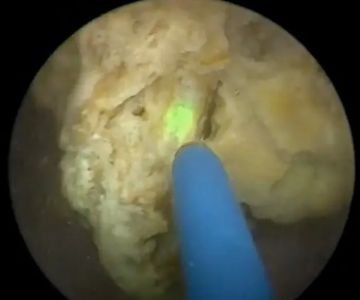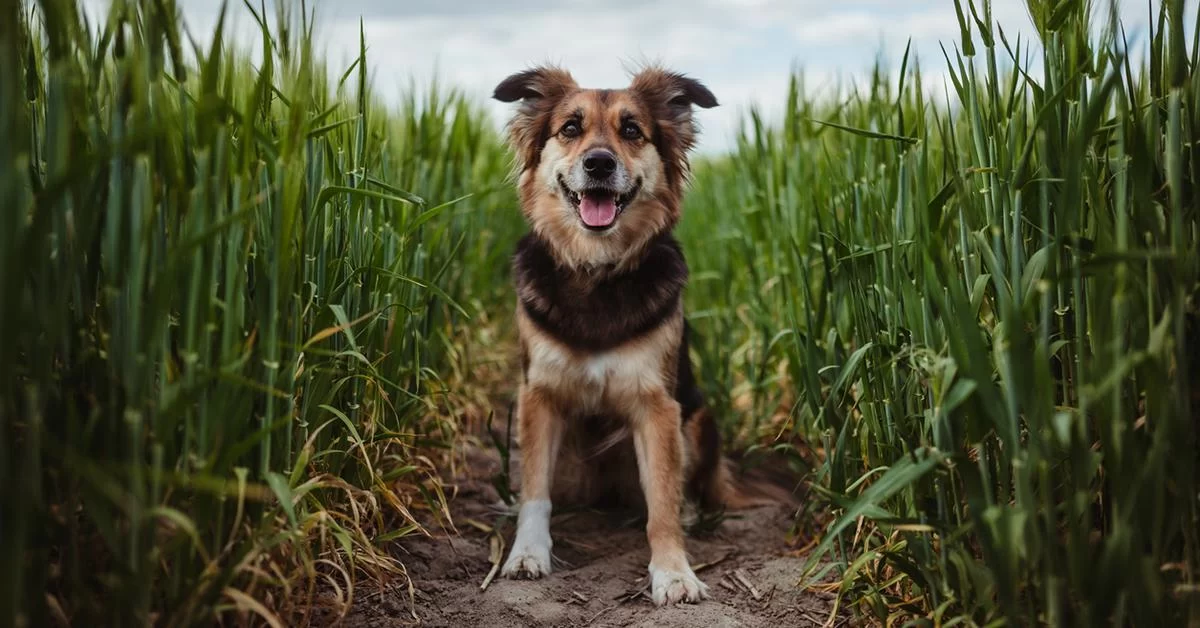How to Stop My Dog from Eating Harmful Plants: Tips for Dog Owners
- Understanding the Risks of Harmful Plants for Dogs
- Common Toxic Plants Dogs May Eat
- Why Dogs Eat Plants
- Effective Methods to Stop Your Dog from Eating Plants
- Training Your Dog to Avoid Plants
- Using Deterrents to Keep Dogs Away from Plants
- When to Consult a Veterinarian
Understanding the Risks of Harmful Plants for Dogs
Plants can be a dangerous temptation for dogs, as many garden plants and outdoor foliage are toxic if ingested. Common symptoms of poisoning include vomiting, diarrhea, drooling, lethargy, and in severe cases, organ failure or death. If your dog eats a harmful plant, it's crucial to act quickly to prevent serious health issues.
Learning how to stop your dog from eating harmful plants is essential, especially for pet owners who have gardens or frequently take their dogs outdoors. In this article, we'll explore the risks of toxic plants, how to prevent your dog from eating them, and what you can do to keep your furry friend safe.
Common Toxic Plants Dogs May Eat
There are many plants that can be toxic to dogs if consumed. Some common toxic plants to watch out for in your yard or garden include:
- Oleander: Highly toxic, can cause heart problems and even death.
- Azaleas: Cause vomiting, diarrhea, and lethargy when ingested.
- Tulips and Daffodils: The bulbs are particularly toxic and can lead to drooling, nausea, and digestive issues.
- Castor Bean Plant: Contains ricin, which is extremely toxic and can cause severe organ damage.
- Sago Palm: Ingestion can lead to liver failure and can be fatal.
Be sure to familiarize yourself with the toxic plants in your region and remove them from areas your dog frequents.
Why Dogs Eat Plants
It might seem strange, but many dogs have a natural inclination to chew on plants. There are a few reasons why your dog may be eating harmful plants:
- Curiosity: Dogs explore their environment using their mouths, and plants may seem like an interesting chew toy.
- Boredom: Dogs that aren't mentally or physically stimulated may chew on plants as a way to entertain themselves.
- Upset Stomach: Some dogs eat grass or plants as a way to induce vomiting or soothe an upset stomach.
- Hunger or Nutritional Deficiencies: In rare cases, dogs may chew on plants if they are not getting enough nutrients in their regular diet.
Understanding why your dog is eating plants is the first step in figuring out how to stop the behavior.
Effective Methods to Stop Your Dog from Eating Plants
Now that you understand the risks and reasons behind plant-eating, let’s explore some effective ways to stop your dog from eating harmful plants:

VCA Arboretum View Animal Hospital, 2551 Warrenville Rd, Downers Grove, IL 60515, USA
See Details1. Remove Toxic Plants from Your Yard
The most straightforward approach to preventing your dog from eating harmful plants is to remove them from your yard or garden. Check your property for any toxic plants and replace them with dog-safe alternatives. If your dog frequents a particular area, make sure that space is free of any plants that could pose a danger.
2. Create a Barrier
Use fences, gates, or plant barriers to keep your dog away from specific areas where harmful plants grow. This is especially useful in areas where toxic plants cannot be completely removed.
3. Distract Your Dog with Chew Toys
Offer your dog plenty of chew toys as an alternative to plants. Dogs are less likely to chew on harmful plants if they have appropriate chew toys readily available. Look for durable toys that can withstand heavy chewing.
Training Your Dog to Avoid Plants
Training your dog to avoid certain plants can also be a highly effective strategy. Here are a few tips:
1. Positive Reinforcement
When your dog chooses to stay away from harmful plants, reward them with treats or praise. Positive reinforcement encourages good behavior and helps your dog associate staying away from plants with something positive.
2. “Leave It” Command
Teach your dog the “leave it” command, which can be used whenever they approach a plant. Consistently practicing this command can prevent your dog from eating plants and improve overall obedience.
3. Supervised Outdoor Time
Until your dog has learned to avoid plants, supervise them when they are outside. This ensures that they don’t have the chance to ingest harmful plants.
Using Deterrents to Keep Dogs Away from Plants
If training and plant removal aren't enough, you can use deterrents to keep your dog away from harmful plants. Some effective deterrents include:
- Bitter sprays: These sprays make plants taste unpleasant to dogs, deterring them from chewing on them.
- Motion-activated devices: These devices emit a harmless burst of air or noise when your dog approaches certain plants, scaring them away.
Experiment with different deterrents to find the most effective solution for your dog.
When to Consult a Veterinarian
If your dog has ingested a harmful plant or you’re unsure about the safety of a particular plant, it’s important to consult a veterinarian immediately. Some plants can cause serious health issues, and a vet can help determine the best course of action for treatment.
At Hidden Brook Veterinary, we offer advice and services to help keep your dog safe from harmful plants and other potential dangers. Don’t hesitate to reach out if you need help or guidance in managing your dog’s plant-eating behavior.











